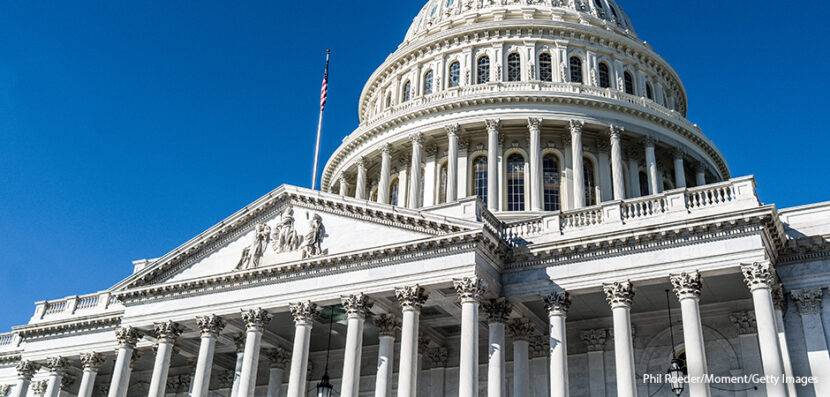- Current Events Nebraska Rejects Winner-Take-All Proposal
- Citizenship Voting Under Age 18
- Citizenship Citizenship in Action
- Democratic Party Biden’s and Trump’s Recent Primary Results
- Elections Trump and Biden Win South Carolina and Michigan Primaries
- Democratic Party Trump and Biden Win Big in Early February Contests

House Begins Public Impeachment Hearings
By now, you’ve likely heard of President Trump’s July 25 phone call to the president of Ukraine, in which Trump is accused of pressured the leader to investigate Joe Biden and his son. It is suggested that Trump planned to delay the delivery of millions of dollars of U.S. military aid unless the investigation took place. The accusations of this event by the president’s critics and political opponents have begun an impeachment inquiry in the House of Representatives. Last week, the first two days of public hearings took place.
Impeachment Hearings: Day 1
On November 13, 2019, California Rep. Adam B. Schiff, the Chairman of the House Intelligence Committee, opened the first day of public hearings surrounding the Ukraine controversy. Both William B. Taylor Jr. (the top American diplomat in Ukraine) and George P. Kent (a State Department official in charge of Ukraine policy) testified for more than five hours in front of the House committee members. When giving his testimony, Taylor revealed that Gordon D. Sondland, the U.S. ambassador to the EU (European Union), once told one of Taylor’s aides that Trump is more concerned about investigating Joe Biden than he is about matters in Ukraine. According to Democrats, this detail shows that Trump cares more about taking down his political opponents than he does about his nation’s foreign policy. During his testimony, Kent said that efforts by Trump and by his personal lawyer, Rudy Giuliani, to pressure Ukrainian leaders were damaging the relationship between the U.S. and Ukraine.
Republicans (led by California Rep. Devin Nunes, the top Republican on the House Intelligence Committee) responded by trying to make Taylor and Kent look like they were bureaucrats pushing their own personal agenda against the president. The Republican wanted to show that no actual firsthand knowledge of anything Trump had done was presented during this testimony. The problem for Democrats is that they would like to hear from senior administration officials (both current and former) who have more direct knowledge of events, but the White House has ordered those people not to testify, and getting them to do so would require a long and complicated legal battle.
Related Link: Election Central is linking to live videos of the House committee hearings. Follow this link to see the saved videos for each day of the hearings.
Impeachment Hearings: Day 2
The second day of hearings took place on Friday, November 15, with the House hearing testimony from Marie Yovanovitch, the former American ambassador to Ukraine. Republican lawmakers did not try to discredit Yovanovitch or her diplomatic career. Instead, they focused on the fact that she had been removed from her ambassador role months before the July 25 phone call took place, and so claimed that her testimony wasn’t really relevant.
Democrats, on the other hand, focused on Trump’s efforts to discredit Yovanovitch’s time spent as the Ukrainian ambassador. In the July 25 phone call with Ukraine’s president, Trump talked about what a bad ambassador Yovanovitch was. While this information was being discussed before the House, the president tweeted more criticism of Yovanovitch (who is still a State Department employee). Rep. Schiff even read these published messages aloud while the hearing was taking place. House Democrats viewed the tweets as an effort by the president to intimidate a key witness in real time.


